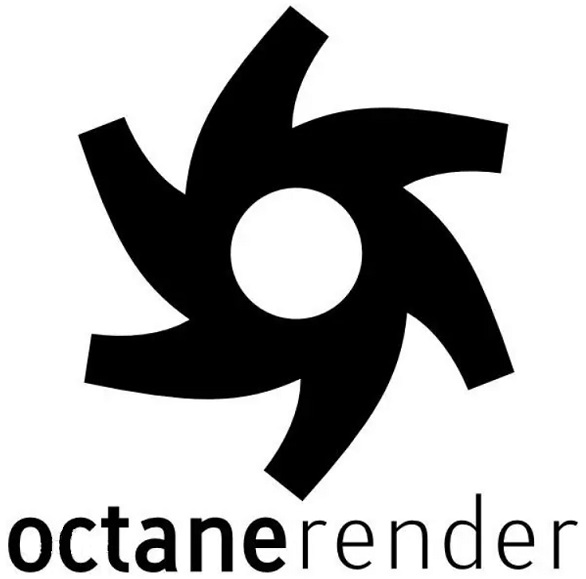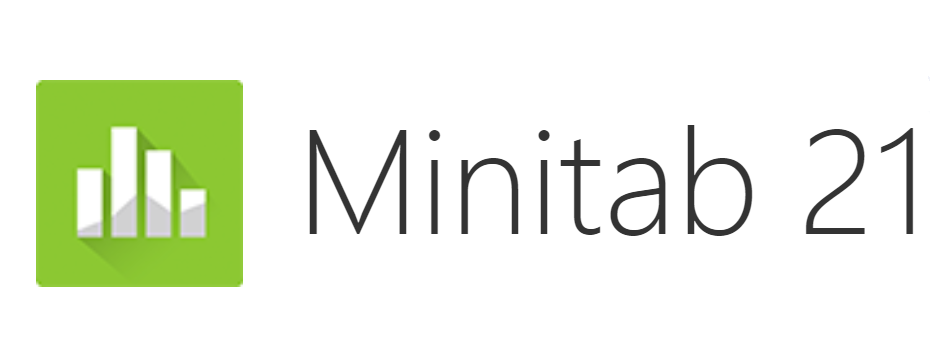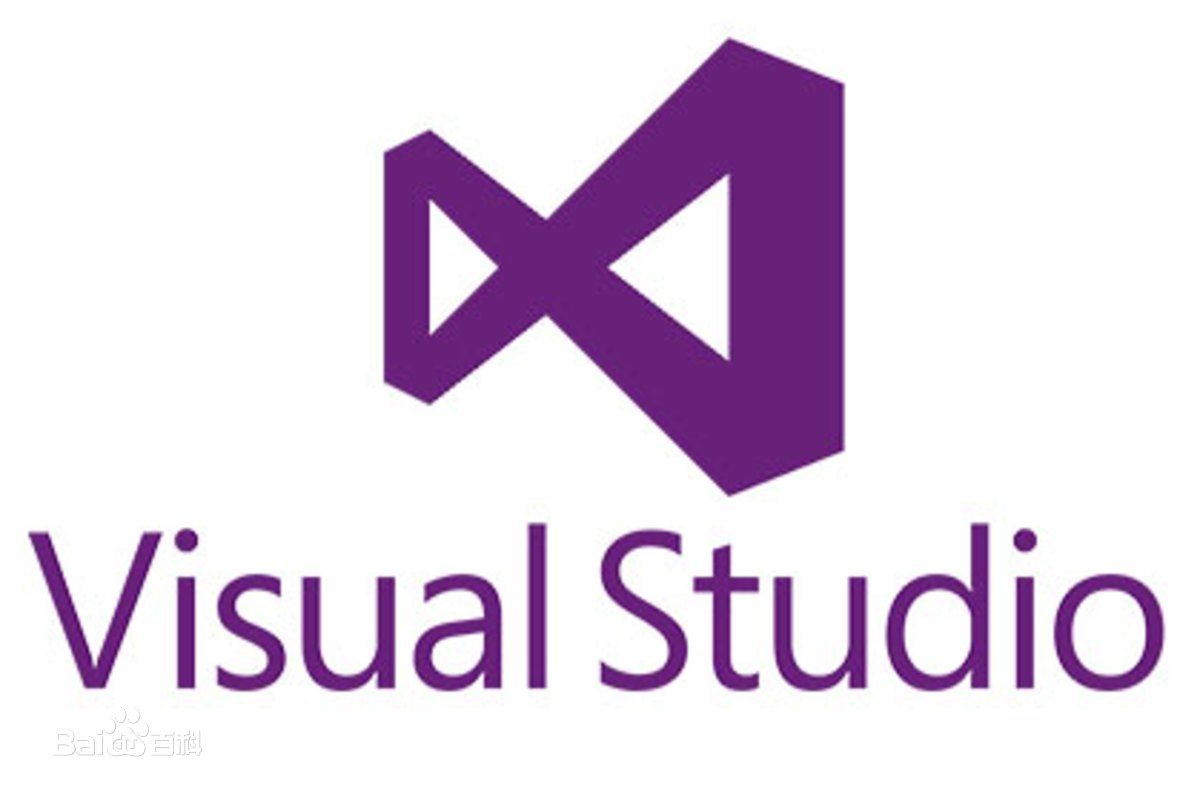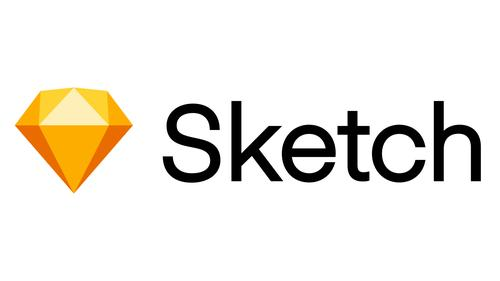The field of data storage and management is currently undergoing a huge transformation. With the increasing diversity of data types processed by enterprises, traditional relational databases are no longer able to meet the needs of many modern applications. Multimodal databases are a powerful solution that reshapes our perception of data storage and manipulation. This article will explore how multimodal databases enable enterprises to store and process various types of data, from traditional tables to documents, graphics, and vectors, in a unified system, thereby fundamentally changing data management.
What is a multimodal database?
A multimodal database is a database management system designed to handle multiple types of data models in a single integrated backend. Unlike traditional relational databases that primarily handle table structured data, multimodal databases can simultaneously manage different data types and structures - from files and graphics to vector and spatial data
For example, consider an e-commerce platform. It may require storing product information in traditional tabular format, customer reviews in document form, recommendation systems in vector form, and relational networks in chart form. Multimodal databases can handle all these requirements in one system, eliminating the need for multiple dedicated databases.
The Evolution of Traditional Databases
Traditional relational databases are designed to handle structured data. Therefore, they excel at handling relationships between well-defined data entities through tables and SQL queries. However, traditional databases face limitations when dealing with unstructured data such as documents or images, complex relationships that are more suitable for graphical representation, vector embeddings for AI/ML applications, and semi-structured data with different attributes.
Multimodal databases address these limitations by integrating different data models into a unified system. Modern database platforms such as MongoDB and PostgreSQL have evolved to effectively handle multiple data models.
Main functions and advantages
Compared with traditional systems, multimodal databases have multiple advantages:
Flexibility:& nbsp; They can adapt to different data requirements without the need for multiple dedicated databases. For example, in addition to supporting traditional relational data, PostgreSQL also supports JSON documents and recently supports vector storage for artificial intelligence applications.
Simplified architecture:& nbsp; Organizations can reduce complexity by using a single database system instead of maintaining multiple dedicated databases. With the support of tools such as Navicat, this integration makes database management more direct and efficient.
Improve performance:& nbsp; By processing different data models locally, a multimodal database can optimize the performance of each data type while maintaining consistency between data from different models.
Cost effectiveness:& nbsp; Using a single database system instead of multiple specialized database systems can greatly reduce operational costs and complexity.
practical application
The multifunctionality of multimodal databases makes them an ideal choice for modern applications, such as:
Social media platforms:& nbsp; Store user profiles as documents, Friendship Network as charts, and media content metadata as traditional tables.
Healthcare system:& nbsp; Manage patient records in document form, manage medical image metadata in table form, and manage treatment relationship networks in chart form.
Applications driven by artificial intelligence:& nbsp; Store traditional data together with vector embeddings for machine learning models, especially in recommendation systems and natural language processing applications.
The role of modern database tools
Database management tools have developed simultaneously with these multimodal systems. For example, Navicat Provide feedback on; MongoDB And PostgreSQL Comprehensive support is provided to provide an intuitive interface for managing different data models in these platforms. This support includes visual query builders, data modeling tools, and automation capabilities across different data models.
conclusion
In the exploration of multimodal databases, we have seen the essential difference between them and traditional relational databases, which support various data types from documents and graphics to vector and spatial data in a single system. We studied their main advantages, including increased flexibility, simplified architecture, improved performance and cost efficiency, while exploring practical applications of social media, healthcare, and AI driven systems.
As enterprises continue to handle increasingly diverse types of data, multimodal databases represent a significant development in data management. They are capable of effectively handling various data models, coupled with the support of multifunctional management tools such as Navicat, making them valuable solutions for addressing modern data challenges. Whether you are dealing with traditional relational data, documents, graphics, or vectors, multimodal databases can provide you with a unified and efficient data management method.









